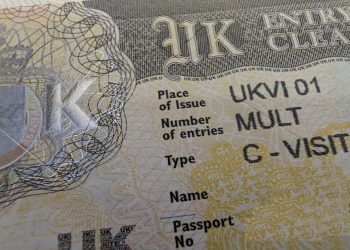Are you planning to apply for a scholarship in 2024? If so, you might need to provide a detailed research proposal with your application. This article will provide you with information on what a research proposal is and how to write one for your next scholarship application in 2024.
The guide covers important aspects such as the definition and significance of a research proposal, strategies for highlighting the novelty of the research idea, the appropriate length for different scholarships, a breakdown of the 13 essential elements of a research proposal, tips for selecting a title, writing an abstract, and concluding the proposal, as well as a list of useful software tools. This comprehensive guide is indispensable for students seeking scholarships, offering them detailed insights and practical tips to enhance their research proposals and increase their chances of success.
A research proposal is a document that outlines the plan for a research project. It is used to propose a research study and request funding or a scholarship. The proposal should provide a detailed explanation of the proposed research, its significance, methodology, and expected outcomes.
When drafting a research proposal, it’s important to focus on presenting a novel idea or approach. This involves identifying gaps in existing research, proposing innovative methodologies or perspectives, and demonstrating how your research can contribute to the field.
The length of a research proposal can vary depending on the scholarship type. For instance, the Rhodes Scholarship requires proposals to be up to 1,000 words, the China CSC Scholarship requires up to 1200 words, and the Fulbright Scholarship typically asks for 3-5 pages. It’s crucial to adhere to the guidelines provided by each scholarship body.
A well-crafted research proposal should include 13 different elements, including a concise and descriptive title, a summary of the research proposal as an abstract, a literature review, research questions/hypotheses, detailed methodology, ethical considerations, a projected timeline, estimated budget, expected outcomes, a dissemination plan, references, and any supplementary material in the appendices.
Citations are crucial for acknowledging sources, and software like Zotero, Mendeley, and EndNote can be used for managing and formatting references in your research proposal. Additionally, the title, abstract, and conclusion of the proposal should be carefully crafted to engage the reader’s interest and effectively communicate the importance and potential impact of the research.
If you are planning to start writing your research proposal, it’s important to have good fluency in software such as Zotero, Mendeley, EndNote, Microsoft Word, LaTeX, SPSS, R, Python, Trello, and Asana. A well-crafted research proposal is your ticket to securing a scholarship, and by following these guidelines, you can increase your chances of creating a proposal that stands out in the competitive world of academic scholarships.
Still have some travel questions? Ask in our Travel WhatsApp Group.








